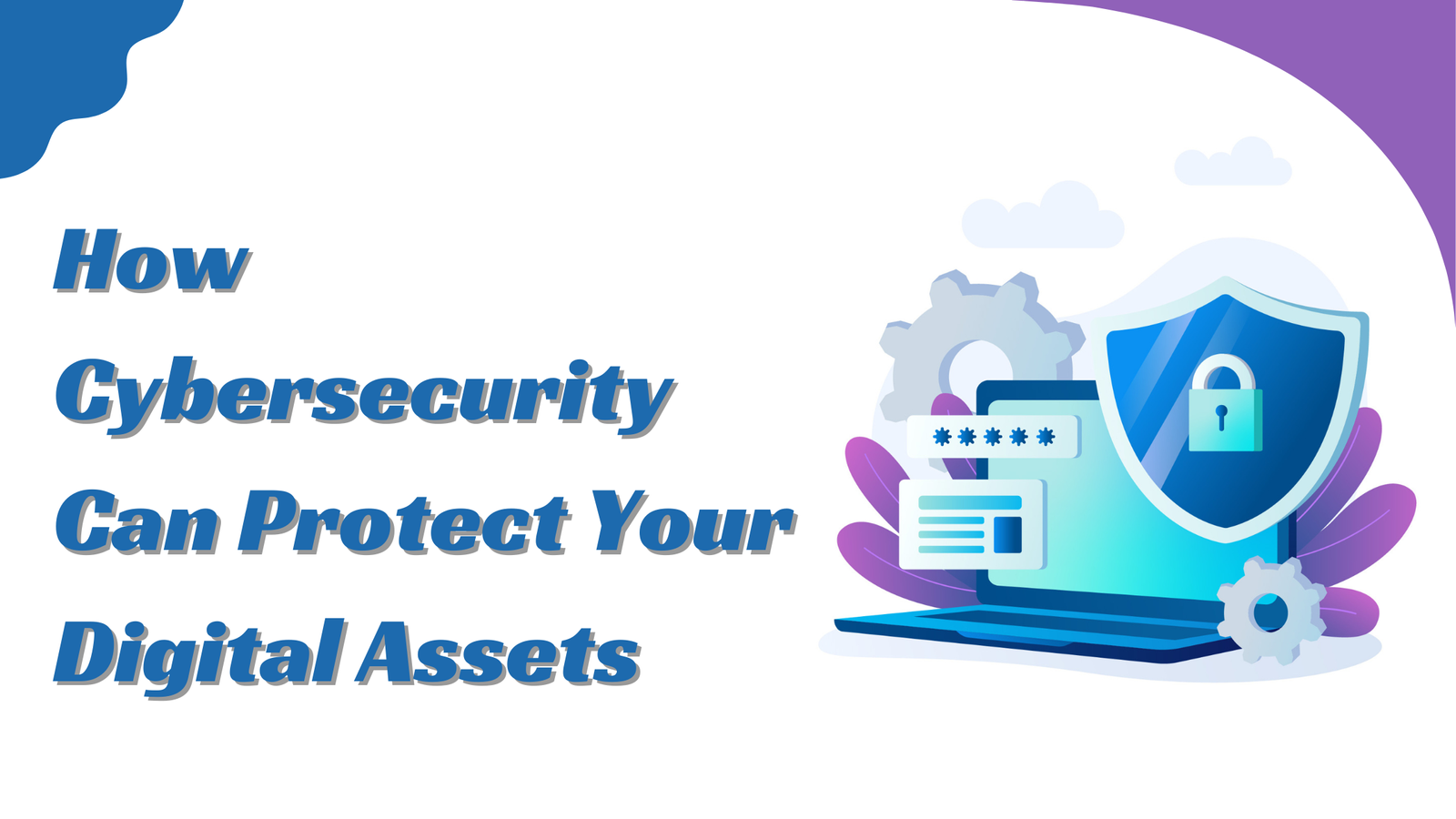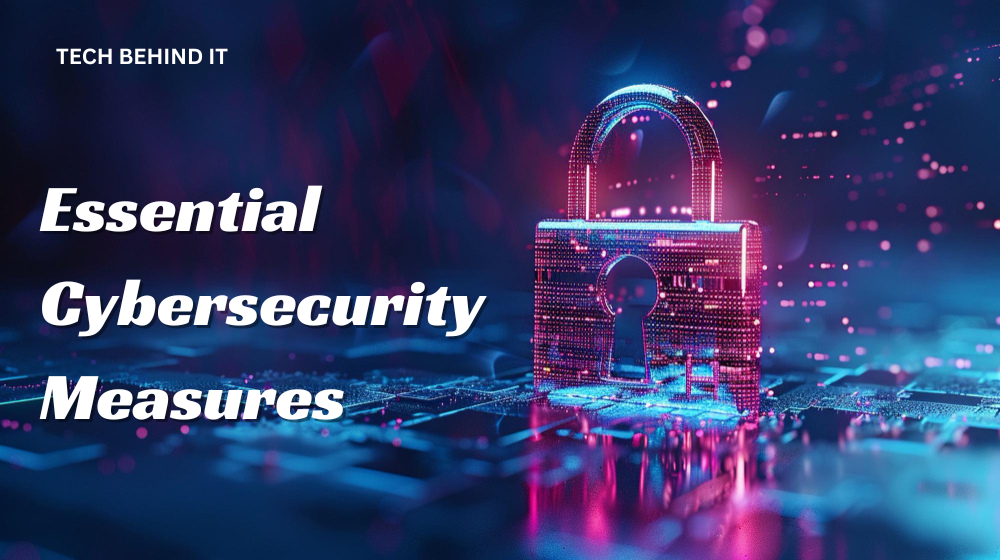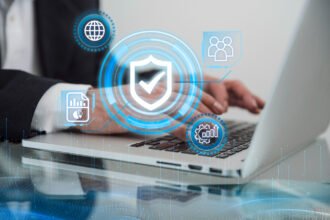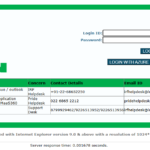Here’s How Cybersecurity Can Protect Your Digital Assets
Protecting your digital assets has never been more critical in today’s digital world. Cybersecurity is crucial in protecting everything from potential threats, from personal data to sensitive business information. With cyberattacks becoming more sophisticated, understanding how to safeguard your digital world is essential.
Cybersecurity might sound complex, but at its core, it involves practices and technologies designed to defend against unauthorized access, damage, or theft of your data. It’s not just about having the latest software; it’s about knowing the right strategies and tools to secure your digital life.
In this article, we’ll break down key aspects of cybersecurity, from understanding common threats to implementing essential measures. Let’s dive into how to protect your digital assets and stay safe in the digital age.
Understanding the Basics of Cybersecurity
Cybersecurity encompasses a range of practices, technologies, and processes designed to protect digital assets from various threats. Cybersecurity aims to safeguard data, networks, and systems from unauthorized access, damage, or theft.
Fundamental cybersecurity principles include confidentiality, integrity, and availability. Confidentiality ensures that sensitive information is only accessible to those authorized to view it. Integrity guarantees that data remains accurate and unaltered by unauthorized individuals. Availability means ensuring that systems and data are accessible when needed. Together, these principles form the bedrock of effective cybersecurity.
Education plays a significant role in cybersecurity. For those interested in a more in-depth understanding, pursuing a bachelor’s in cybersecurity online can provide essential knowledge and skills. You can look up the keyword bachelor cybersecurity online and discover programs that provide in-depth knowledge and skills to tackle today’s cybersecurity challenges, helping you build a strong foundation for protecting digital assets.
Types of Cyber Threats
Cyber threats come in many forms, each potentially impacting digital assets. Understanding these threats is vital for implementing effective security measures.
Malware
Malware is a prevalent threat that includes various forms of malicious software, such as viruses, worms, and trojans. These programs are designed to disrupt, damage, or gain unauthorized system access. For example, a virus can corrupt and damage files, whereas a trojan can create a hidden backdoor, allowing attackers to gain further control over the system.
Phishing
Phishing is another prevalent threat, often executed through deceptive emails or messages that trick individuals into providing sensitive information or clicking on malicious links. Phishing attacks can lead to identity theft, financial loss, and unauthorized access to systems.
Ransomware
Ransomware is a particularly damaging malware that encrypts a victim’s files and demands a ransom payment for their release. Ransomware attacks can cripple operations and cause significant financial losses.
Real-world examples of these breaches highlight their potential severity. For instance, the 2017 WannaCry ransomware attack affected organizations worldwide, causing widespread disruption and financial damage.
Essential Cybersecurity Measures
To protect digital assets effectively, several cybersecurity measures are essential.
Firewalls
Firewalls act as barriers between trusted and untrusted networks. They filter incoming and outgoing traffic, blocking potentially harmful data. Similarly, antivirus software scans and removes malicious programs that may compromise systems.
Software updates
Regular software updates and patches are crucial for fixing security vulnerabilities. Software developers frequently release updates to address newly discovered threats.
Two-factor authentication (2FA)
Strong passwords and two-factor authentication (2FA) further enhance security. A strong password typically includes a mix of letters, numbers, and symbols, making it harder for attackers to guess. 2FA adds a layer of security by requiring a second form of verification, such as a code sent to a mobile device.
Data Encryption
Encryption is a fundamental cybersecurity technique used to protect sensitive data. It involves converting information into a coded format that can only be deciphered with the appropriate decryption key.
Encryption is vital for safeguarding various data types, including financial records, personal information, and intellectual property. By encrypting data, organizations and individuals can prevent unauthorized access and mitigate the risks associated with data breaches.
Several tools and practices can assist in encryption. For instance, file encryption software can protect individual files, while disk encryption secures entire drives. Secure communication protocols like SSL/TLS safeguard data transmitted over networks.
Securing Networks and Devices
Securing networks and devices is critical for maintaining overall cybersecurity. Adequate network security involves several best practices.
Securing home and office networks includes setting up strong passwords for Wi-Fi routers, turning off remote management features, and using network encryption (e.g., WPA3). Regularly monitoring network traffic for unusual activity can also help identify potential threats.
Device management is equally important. Securing smartphones, tablets, and computers involves installing reputable security software, enabling automatic updates, and configuring device settings to enhance security. Ensuring that devices are locked with strong passwords or biometric authentication adds protection.
Virtual Private Networks (VPNs) are valuable tools for secure online activities. A VPN encrypts internet traffic, masking the user’s IP address and protecting data from interception, especially when using public Wi-Fi networks.
Incident Response and Recovery
A robust incident response plan is vital for minimizing the damage caused by a security breach. An effective response plan includes clear procedures for detecting, responding to, and recovering from cyber incidents.
Detection involves monitoring systems for signs of a breach, such as unusual network activity or unauthorized access attempts. Early detection allows for a quicker response and can help prevent further damage.
Response procedures should outline steps to contain and mitigate the breach’s impact. This may include isolating affected systems, notifying stakeholders, and coordinating with cybersecurity experts to address the incident.
Recovery focuses on restoring normal operations and learning from the incident. This involves restoring data from backups, repairing damaged systems, and evaluating the response to identify areas for improvement. Regularly updating and testing the incident response plan ensures preparedness for future incidents.
Building a Cybersecurity Strategy
Creating a comprehensive cybersecurity strategy is crucial for effectively protecting digital assets. A well-defined strategy outlines the approach to managing and mitigating cyber risks.
A comprehensive approach is essential in addressing all aspects of cybersecurity, including threat prevention, detection, response, and recovery. A holistic strategy ensures that all potential vulnerabilities are covered and measures are in place to handle various scenarios.
Key components of an effective strategy include risk assessment, security policies, incident response plans, and regular training. Conducting regular risk assessments helps identify potential threats and vulnerabilities, while security policies provide guidelines for maintaining a secure environment.
Regularly reviewing and adapting security measures are essential for staying current with evolving threats. Periodic reviews and updates ensure that the strategy remains effective and that new risks are addressed promptly.
Conclusion
In conclusion, cybersecurity is vital for protecting digital assets in a rapidly evolving digital landscape. Understanding cybersecurity basics, recognizing threats, and implementing essential measures are crucial steps in safeguarding data and systems. Investing in education can provide valuable knowledge for tackling complex security challenges. Implementing robust incident response plans, adhering to legal and compliance requirements, and adopting emerging technologies further enhance protection efforts.



















